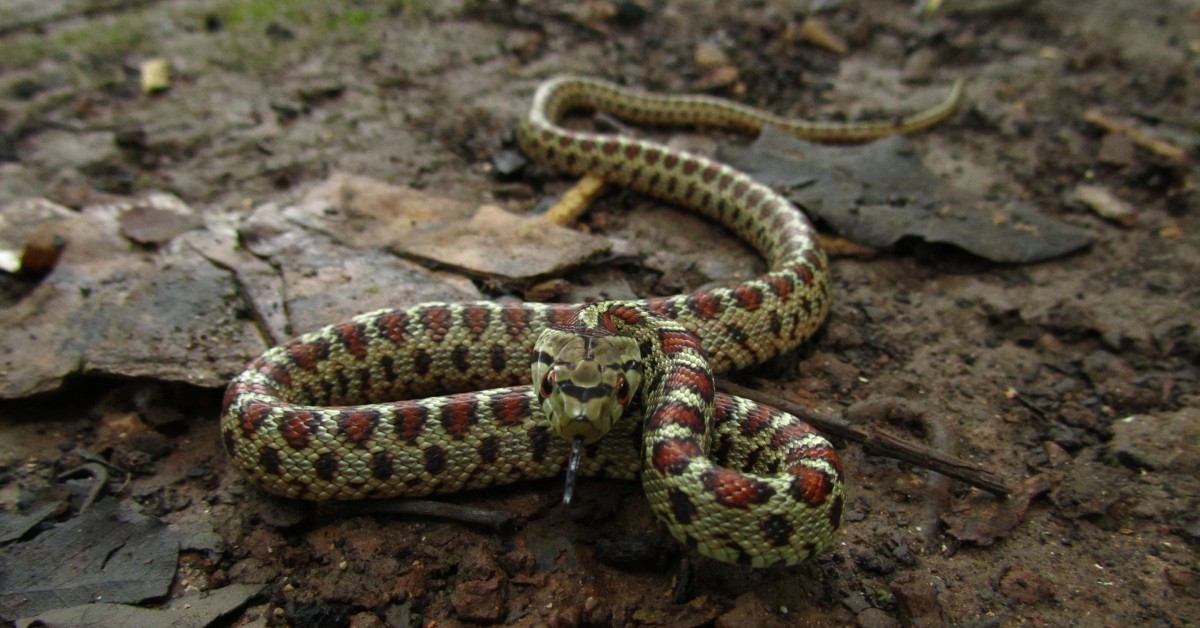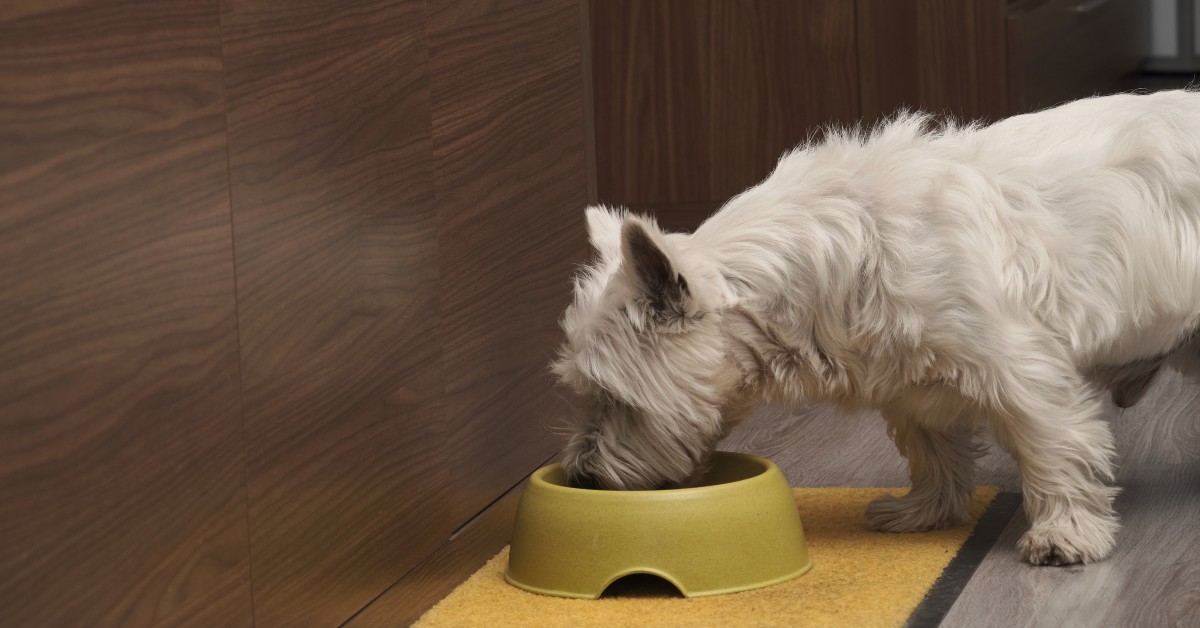Ask Dr. Jenn: Why is Chocolate Toxic for Dogs?
I know chocolate is supposed to be toxic to dogs, but I know a lot of dogs who have eaten chocolate and been fine. Why is it bad for dogs?

Let me tell you how I learned the sad truth about chocolate. When I was fourteen, I was really into baking and every occasion called for a cake. It was my dog’s eighth birthday, so of course I made him a cake, fully decorated with “Happy Birthday, Fritz” across the top. We invited my neighbors and their little dog to help us celebrate. Although the cake was for my dog, I made one that everyone would love – Devil’s food cake with chocolate frosting. After the photos were taken, I cut the cake and was about to set the first piece down in front of the birthday boy. My neighbor jumped up and shouted “STOP! You can’t give dogs chocolate! It could kill them!” Instead, the dogs were given Milk Bones, my mom and neighbor enjoyed the cake while I went to my room and cried with guilt, thinking of what could have happened.
Dogs love chocolate almost as much as we do. That rich, sweet smell and taste is very appealing. But chocolate contains two toxic compounds: theobromine and caffeine. Both of these compounds can be toxic. If enough is ingested, death can result.
Why Chocolate is Toxic for Dogs
So why can some dogs eat chocolate and not have any problems and other dogs get very sick? It all depends on the type of chocolate and the size of the dog. Cocoa powder that is used in baking has the highest levels of theobromine and caffeine and is the most toxic. As more fat and sugar are added, these compounds get diluted and more can be consumed before reaching the levels that cause serious affects.
Types of chocolate:
- Cocoa powder is about 50% chocolate.
- Dark or semi-sweet chocolate is about 35% chocolate.
- Milk chocolate contains only about 10% chocolate.
White chocolate does not actually contain chocolate. It only contains cocoa butter – the fat that remains after the chocolate has been removed from the cacao bean.
But How Much Chocolate Is Toxic?
When determining how much chocolate is toxic and what signs to expect, theobromine and caffeine are added together and referred to by their chemical class methylxanthines.
The toxic dose of chocolate is based on how many milligrams of methylxanthines per kilogram of body weight of the dog.
Lower doses (20mg/kg or less): your dog may develop vomiting, diarrhea, abdominal pain, and an increased thirst.
Mid-range doses (20-40mg/kg): your dog will likely have the GI signs listed above as well as show signs of hyperactivity.
High doses (40-50mg/kg): your dog’s heart is affected. The heart rate becomes very fast, and the heart rhythm becomes irregular, with some skipped beats. This is in addition to GI signs and hyperactivity.
Extremely high doses: (60mg/kg): your dog will experience tremors and seizures.
At lower doses, the biggest concern is dehydration from GI signs and from trauma due to hyperactivity. At higher doses, blood pressure can become dangerously high, the body temperature may become elevated, and seizures can lead to brain damage and death.
My dog Fritz was a smaller dog, about 20 pounds. Although the cake and frosting contained cocoa powder, it was diluted with other ingredients – butter, sugar, eggs. It was quite dramatic at the time, but I now know that one piece of chocolate cake would not have killed him. He would have had a rough night of vomiting and diarrhea, but he would have lived to see another birthday. But if I had dropped the container of cocoa powder and he licked that up, he would have been in the severe toxicosis range.
What To Do If Your Dog Eats Chocolate
I do not advise ever giving your dog chocolate, even if it is just a small amount. But if he sniffs it out or steals it off the counter, quick action is best.
First, determine what type of chocolate it was and how much he ate. You can find a “chocolate toxicity calculator” or contact your vet to estimate how many milligrams per kilogram of methylxanthines were consumed.
If it has been within eight hours of eating the chocolate and he is not showing any signs of distress, he can be made to vomit. Depending on the amount consumed, your veterinarian may follow up vomiting with activated charcoal – a substance that absorbs the toxins and passes them out through the stool, so the GI tract can’t absorb the toxins.
If your dog is very anxious, has tremors, or seizures, or if you know that he ate a large amount of chocolate, seek veterinary treatment right away.
I know you are probably wondering if chocolate is also toxic to cats. Yes, cats can get very sick from chocolate as well. But cats have different tastes than dogs and there are very few cats that like the taste of chocolate.
Ready to start saving money on pet wellness care?
Then take a look at Mint Wellness, the pet wellness plan that provides fast reimbursement on routine pet care. Save on vaccinations, wellness exams, preventatives, dental, and more!
Learn More


